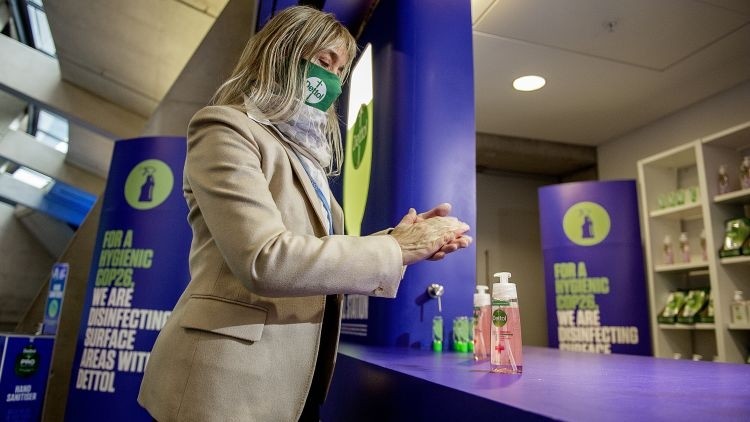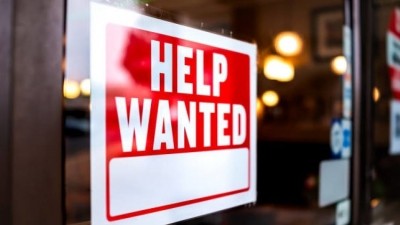Promoted content
How businesses can apply Reckitt’s hygiene protocols in their offices

As the official hygiene partner of COP26, Dettol Pro Solutions – Dettol’s business-to-business offering – developed a tailor-made targeted hygiene programme for the conference that can be adapted and implemented across many different business environments.
COP26 was one of the largest physical events to be held since the beginning of the pandemic, covering a conference space larger than 30 football pitches containing 50,000 high-traffic germ hotspots. Dettol Pro Solutions’ team of virologists, microbiologists, and medical scientists took a similar approach in developing the custom targeted hygiene programme for COP26 as it does for businesses, delivering protocols that best serve the unique space they’re tasked with helping to protect.
This targeted hygiene approach means focusing hygiene practices in the places that matter most to help break the chain of infection and reduce the transmission of germs. Hygiene intervention includes not just cleaning and disinfection, but also hand hygiene – washing or sanitising – which should be carried out when it is most needed, such as when arriving at the office and after using the toilet, for example.
The following steps can be considered by businesses looking to instil confidence and peace of mind among employees and consumers regarding hygiene:
- Identify high-touch ‘hotspots’: Areas that are frequently touched and shared represent potential hotspots (e.g., lift buttons, doorknobs, phones). Additionally, eating and drinking areas such as a communal kitchen can be higher-risk due to hand-to-mouth contact.
- Devise an effective protocol: Implement a targeted hygiene approach that is informed by science, to help break the chain of infection is critical to reassuring employees and increasing their confidence regarding hygiene in workspaces.
- Use efficient [OA1]products: Be sure to use products efficient for surface disinfection. When used as per instructions of use, disinfecting products can help to significantly reduce the germs on surfaces or on hands. For example during COP26 event, the organisers and guests were invited to sanitise their hands regularly with Dettol antibacterial Hand Sanitiser Gel, and Dettol soap at wash basins. Cleaning protocols also included the use of Multi-Purpose Disinfectant Spray and Cleansing Surface Wipes, proven to kill 99.9% of bacteria and viruses including SARS-CoV-2 virus.
- Timing, frequency, and verification of protocols: Once cleaning and disinfection protocols are established, the critical element to reducing the potential for germ transmission is the timing and frequency of cleaning and disinfection. High traffic areas require attention immediately after usage. Likewise, small, irregular surfaces will need more frequent cleaning throughout the day. Once a targeted hygiene program has been implemented, it can be regularly tested for effectiveness and refined accordingly.
Dettol Pro Solutions has a proven track record of providing reassurance for businesses and consumers, with 72% of people indicating that they feel more confident to engage with a brand if a Dettol partnership is in place.[1] See how Reckitt implemented its targeted hygiene approach to help protect 25,000+ daily attendees at COP26, here.
[1] Zappi Survey Partnership Screen UK 2020
[OA1]Trusted claims need cmi data








